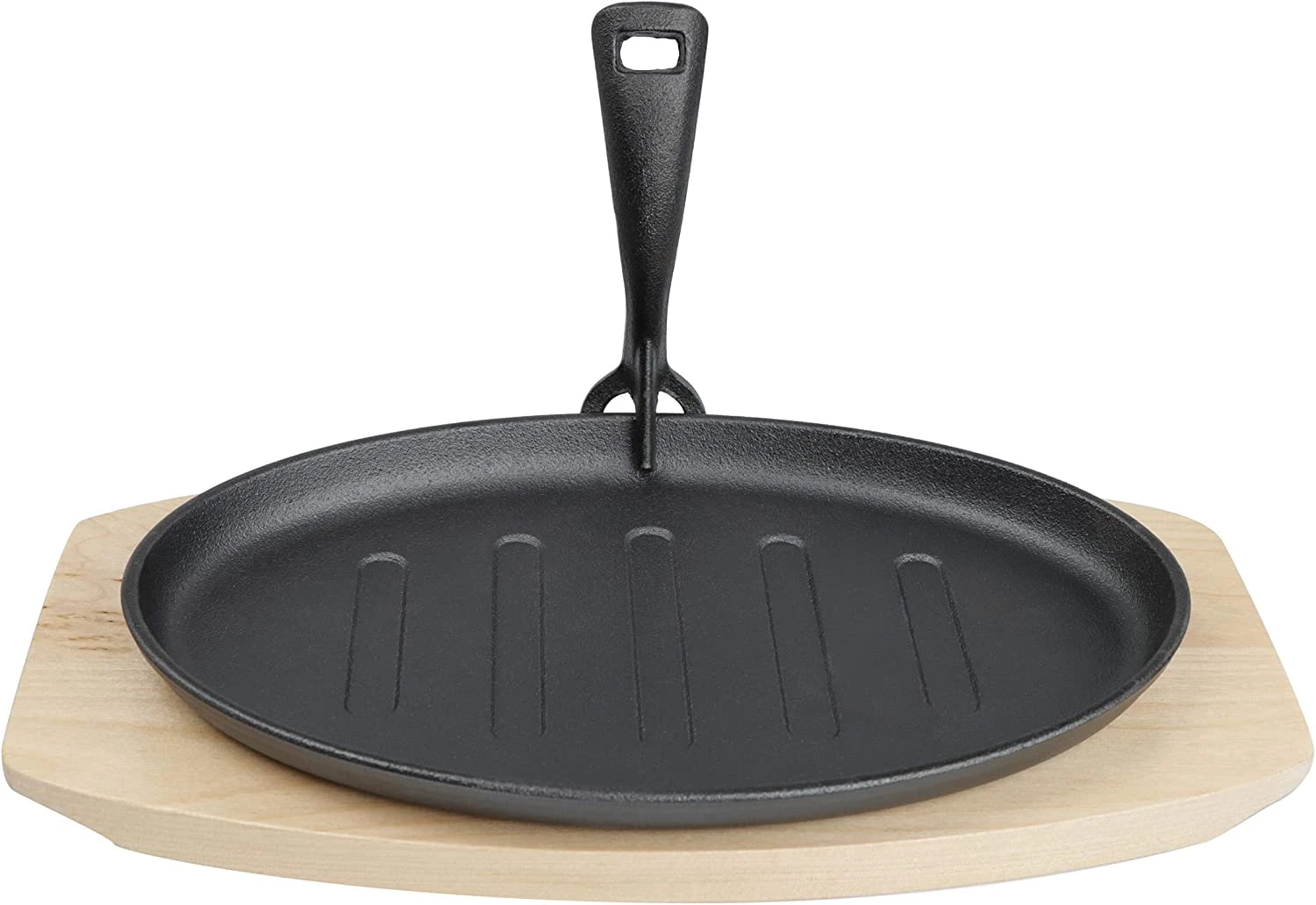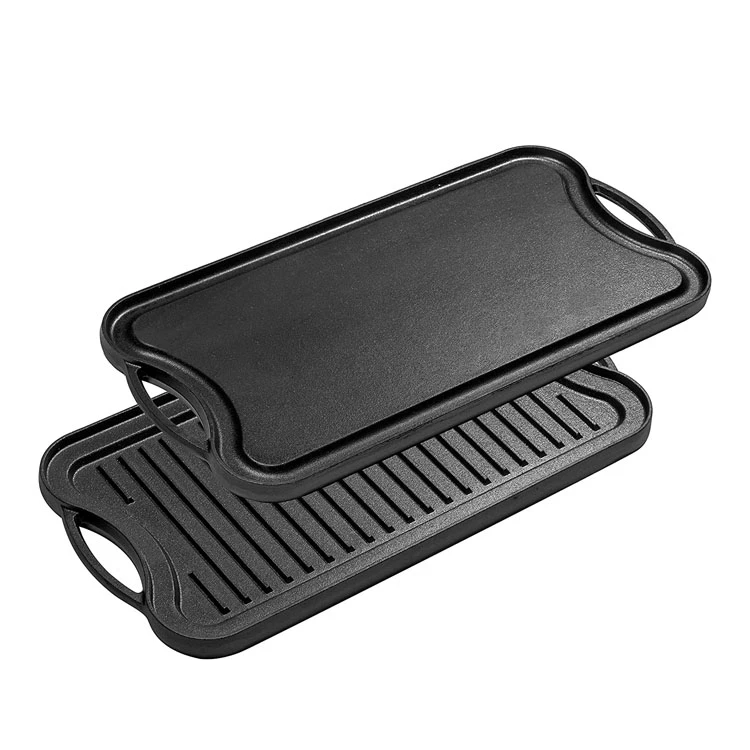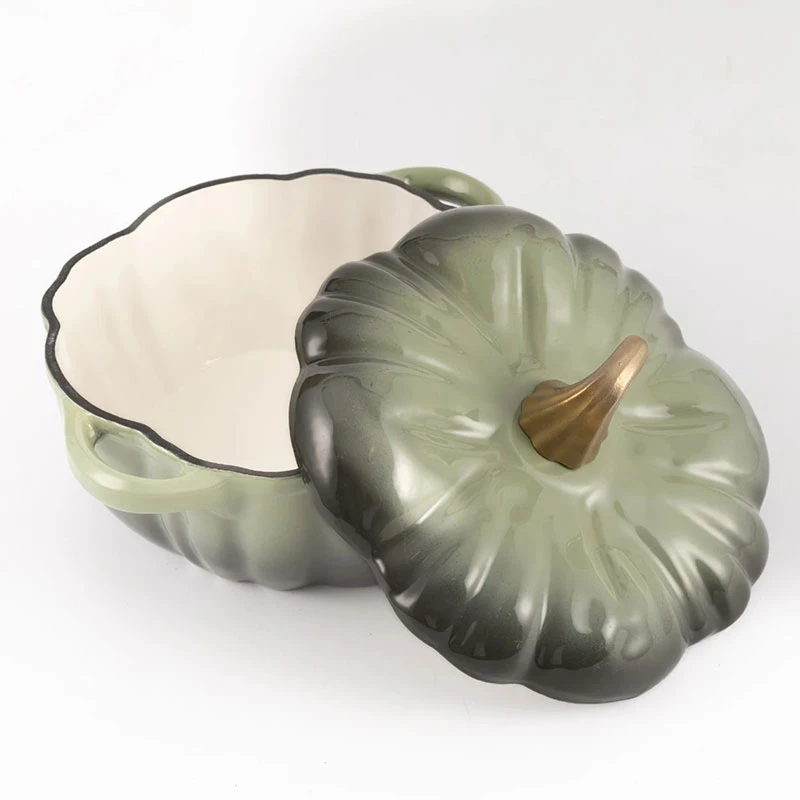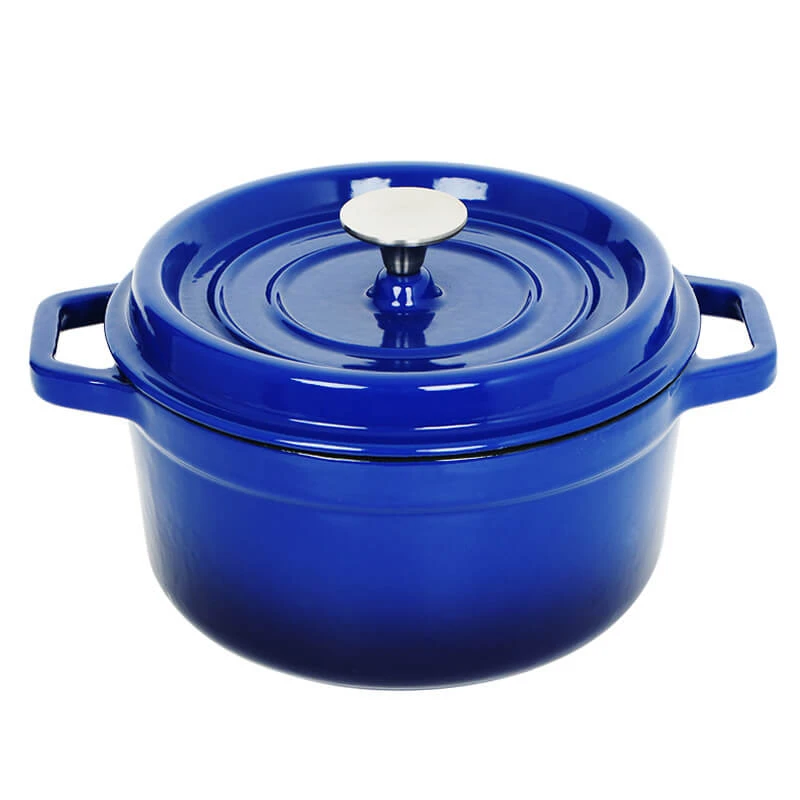
cast iron versus enameled cast iron
Cast Iron vs. Enameled Cast Iron A Comprehensive Comparison
When it comes to cooking, the type of cookware you use can significantly influence the outcome of your meals. Among the most popular choices among home chefs are cast iron and enameled cast iron. Each has its unique benefits and ideal uses, making it essential to understand their differences to make an informed decision when stocking your kitchen.
What is Cast Iron?
Cast iron cookware has been a staple in kitchens for centuries. Made from molten iron poured into molds, cast iron skillets, pots, and Dutch ovens are known for their excellent heat retention and distribution. This material can be pre-seasoned or unseasoned. Pre-seasoned cast iron cookware is coated with a layer of oil that is baked onto the surface, creating a natural non-stick surface while also providing some resistance to rust.
What is Enameled Cast Iron?
Enameled cast iron is similar in construction to regular cast iron but features a smooth, glassy enamel coating. This enamel is often made from silica, clay, and other compounds, fused to the cast iron at high temperatures. This coating allows for a variety of colors and finishes, providing a more aesthetically pleasing option for those who prefer to display their cookware.
Heat Retention and Distribution
Both cast iron and enameled cast iron excel at heat retention. However, they have different characteristics when it comes to heat distribution. Traditional cast iron can develop hot spots if not properly preheated, which might lead to uneven cooking. On the other hand, enameled cast iron provides a more uniform cooking environment, making it easier to simmer sauces or braise meats evenly without worrying about scorching.
Cooking Versatility
Cast iron cookware is incredibly versatile. It can be used on the stove, in the oven, or even over an open flame. You can use it for frying, baking, roasting, and more. The seasoning process enhances its non-stick qualities, making it suitable for cooking a variety of dishes.
cast iron versus enameled cast iron

Enameled cast iron also offers versatility but with some limitations. While it can be used for most cooking methods, it is not suitable for high-heat frying or cooking that requires a non-stick surface like delicate fish or eggs. The enamel coating is prone to chipping if subjected to sudden temperature changes or rough handling, so care must be taken when using metal utensils or cleaning.
Maintenance and Care
One of the significant differences between the two types is maintenance. Regular cast iron requires careful seasoning over time and can rust if not properly cared for. Washing it with soap can strip away the seasoning, leading to a loss of its non-stick properties. The best practice is to wipe it clean or wash it lightly with a brush and hot water, followed by a light oil coating after drying.
In contrast, enameled cast iron is lower maintenance. It is generally dishwasher safe (check the manufacturer's guidelines), and you can use soap to clean it without the risk of harming its non-stick properties. However, care should still be taken to avoid using harsh abrasives that could scratch the enamel surface.
Aesthetic Appeal
If aesthetics matter to you in your kitchen, enameled cast iron takes the lead. Available in a plethora of colors, it can serve as a beautiful serving piece straight from the kitchen to the dining table. The glossy finish can add a touch of elegance to any meal, allowing you to showcase your culinary creations stylishly.
Cost Considerations
In general, enameled cast iron tends to be more expensive than its traditional counterpart. The process of adding an enamel coating and the materials used can significantly drive up the price. For budget-conscious cooks, classic cast iron might be the better option, especially considering its durability and potential lifetime of use when adequately maintained.
Conclusion
Both cast iron and enameled cast iron have their strengths and weaknesses, making them suitable for different types of cooks and cuisines. If you value durability, flexibility in cooking methods, and don't mind the extra care, traditional cast iron may be the way to go. Conversely, if you're looking for low-maintenance cookware that can add beauty to your kitchen, enameled cast iron is an excellent choice. Ultimately, the decision between the two will depend on your cooking style, maintenance willingness, and aesthetic preferences. Either way, both types will enhance your culinary adventures indefinitely.
-
New Cast Iron Skillet w/ Removable Wood Handle - Factory LatestNewsJul.25,2025
-
High Quality Kitchen Durable Black Round Cast Iron Cookware Pancake Crepe Pan-Baixiang County Zhongda Machinery Manufacturing Co., Ltd.|Durability,Non-Stick SurfaceNewsJul.22,2025
-
High Quality Cast Iron Cookware-Pan with Wooden Handle|Durable,Non-Stick,Even Heat DistributionNewsJul.21,2025
-
Cast Iron Pancake Crepe Pan-Durable Kitchenware|Non-Stick&Wooden HandleNewsJul.21,2025
-
Cast Iron Pancake Crepe Pan-Durable Kitchenware|Non-Stick&Wooden HandleNewsJul.21,2025
-
Cast Iron Pancake Crepe Pan-Durable Kitchenware|Non-Stick&Wooden HandleNewsJul.21,2025


